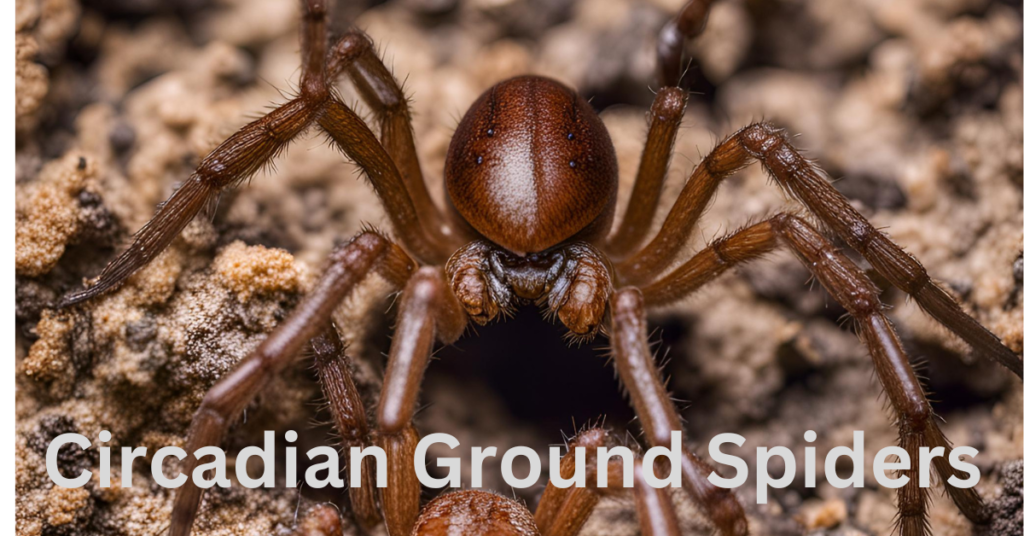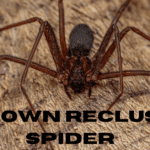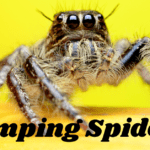In this multicreature universe we are excited to know about Circadian ground spiders, a fascinating types of 8-legged creature, have charmed the interest of researchers and fans the same. These ground spiders, known for their extraordinary ways of behaving and transformations, assume a crucial part in keeping up with natural equilibrium. In this blog, we will explain the complexities of circadian ground spiders, revealing insight into their propensities, territories, and importance in the normal world.
Key Focal points:
- Nighttime Hunters: Circadian ground spiders are fundamentally dynamic during the evening, utilizing covertness and accuracy to catch their prey.
- Flexibility: These ground spiders show surprising versatility to assorted environments, going from timberlands to deserts.
- Biological Significance: As normal hunters, circadian ground spiders add to controlling spiders populaces, subsequently assisting with keeping up with environment balance.
- Standards of conduct: Understanding their circadian rhythms gives bits of knowledge into their hunting methodologies and endurance systems.
Qualities of Circadian Ground spiders :
- Proficient Hunters: Their nighttime nature gives them a benefit over diurnal prey species, as they can snare them under the front of dimness.
- Flexible Eating routine: Circadian ground spiders go after many bugs, adding to bother control in horticultural and normal environments.
- Low Upkeep: Dissimilar to a few different hunters, these ground spiders require negligible assets for endurance, making them proficient trackers in asset restricted conditions.
Complication of Circadian Ground Spiders :
- Weakness to Hunters: Notwithstanding their subtle nature, circadian ground spiders are vulnerable to predation by bigger creatures, birds, and other insect species.
- Restricted Movement Period: Being nighttime confines their hunting and rummaging exercises to the evening, possibly restricting their admittance to prey contrasted with diurnal hunters.
- Reliance on Natural Circumstances: Changes in temperature and stickiness levels can affect their action examples and generally populace elements.
Understanding out Circadian Ground Spiders
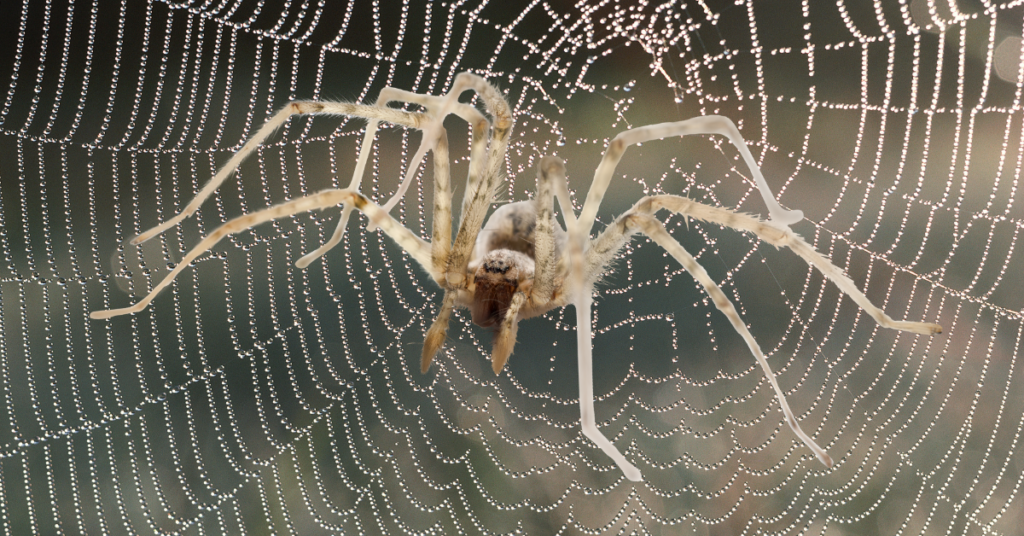
What are Circadian Ground Spiders?
These spiders have a place with the Araneae request and are fundamentally nighttime hunters. They are named for their adherence to circadian rhythms, which control their movement designs more than a 24-hour time span. These ground spiders are overwhelmingly tracked down in earthly natural surroundings, leaning toward clammy conditions like woods, prairies, and shrublands.
Physical Characteristics
These spiders display assorted actual attributes, going from little, subtle species to bigger, more prominent ones. Their bodies are normally divided into two districts: the cephalothorax and the mid-region. Most species have eight eyes organized in different examples, supporting their visual keenness, especially in low-light circumstances.
Behavior and Adaptations
One of the most charming parts of these spiders is their way of behaving and variations. These insects are proficient trackers, depending on covertness and spryness to catch prey.
They utilize a mix of silk-delivering organs and spinnerets to build many-sided networks or tunnels, contingent upon their favored hunting system. Also, these bugs have venomous teeth, which they use to immobilize their prey before utilization.
Environment and Distribution
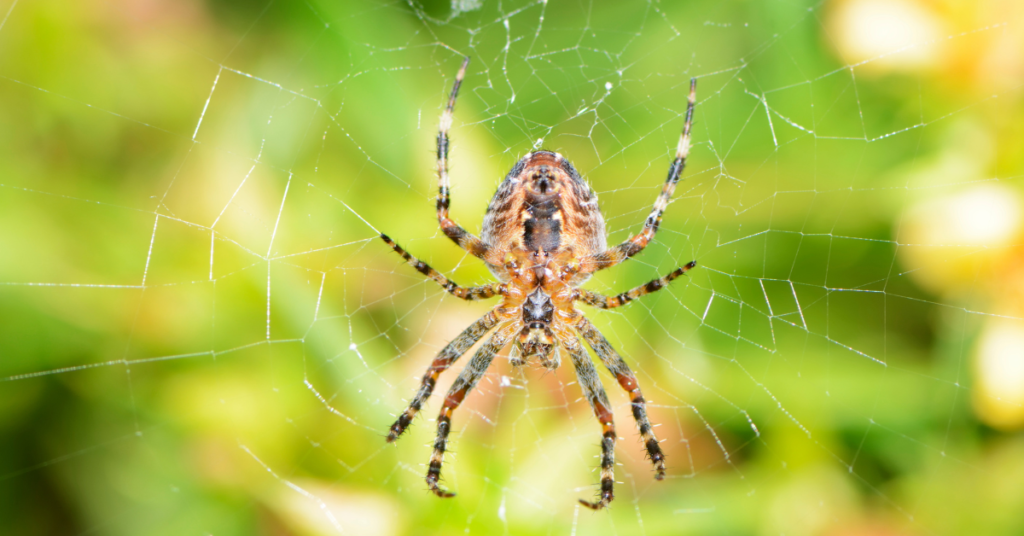
- Favored Habitats; ÂThese  spiders show an inclination for explicit living spaces portrayed by plentiful prey and reasonable safe house. Woods floors, leaf litter, and green knolls are among their inclined toward conditions, giving sufficient chances to hunting and multiplication.
- Worldwide DistributionWhile these spiders are found around the world, their conveyance fluctuates relying upon variables like environment, territory accessibility, and prey overflow. Species variety is especially high in tropical locales, where ideal natural circumstances support a plenty of 8-legged creature species.
- Environmental RoleCircadian ground spiders assume a pivotal part in environment elements, filling in as normal controllers of spiders populaces. By going after different arthropods, including bugs and different insects, they assist with keeping up with environmental equilibrium and forestall bother episodes. Furthermore, these spiders act as prey for bigger hunters, adding to the mind boggling trap of trophic communications inside environments.
Life Cycle and Reproduction
- Life CycleThe existence pattern of these spiders ordinarily comprises of a few phases: egg, adolescent, subadult, and grown-up. Subsequent to mating, female spiders store eggs in silk egg sacs, which they cautiously monitor until bring forth. After rising up out of the egg sac, spiderlings go through various sheds prior to arriving at development.
The span of every life stage differs among species and is affected by elements like temperature and food accessibility.
- Regenerative StrategieSPropagation in these spiders fluctuates across species, with some showing elaborate romance customs, while others participate in more shortsighted mating ways of behaving. Male bugs frequently utilize visual and vibratory signals to draw in likely mates, displaying their wellness and hereditary quality. When treated, female insects concentrate profoundly on egg creation and parental consideration, guaranteeing the endurance of their posterity.
Additional Information on Circadian Ground Spiders
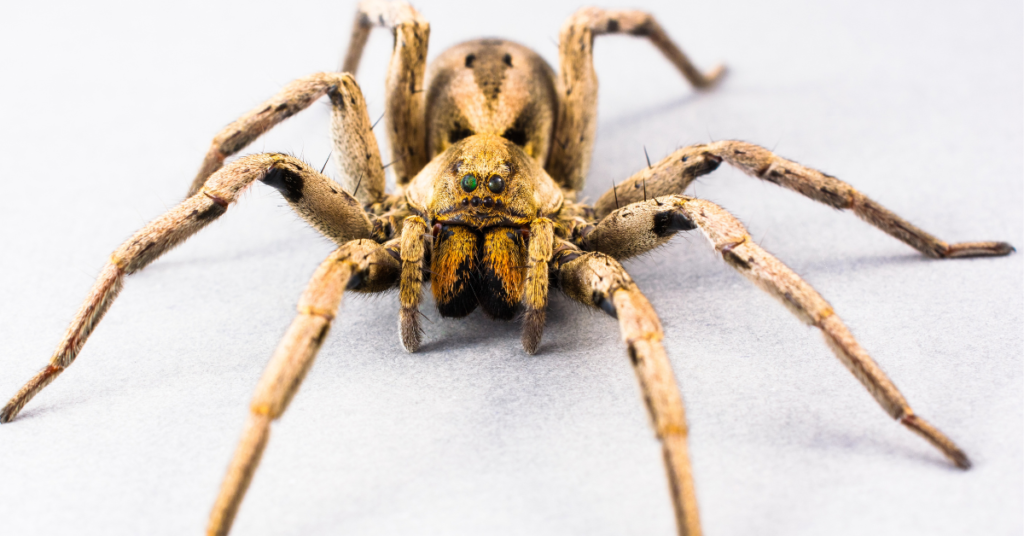
- Diet and Taking care of Habits:
Circadian ground spiders display different taking care of propensities, going after a large number of arthropods, including bugs, scarabs, and different insects. Their eating regimen frequently comprises of little to medium-sized prey that can be repressed and consumed proficiently.
A few animal varieties are known to spend significant time in hunting explicit prey types, while others are generalist hunters, sharply benefiting from anything that prey is accessible in their living space. - Tangible Transformations:Notwithstanding their sharp feeling of touch and vibration discovery, circadian ground spiders have a variety of tactile variations that improve their hunting achievement.Numerous species depend on chemoreception to distinguish pheromones and other synthetic signals transmitted by possible prey or mating accomplices. Moreover, their capacity to identify changes in light force and polarization empowers them to explore and rummage successfully in faintly lit conditions.
- Social Way of behaving:
While circadian ground spiders are fundamentally lone animals, a few animal categories display charming social ways of behaving, especially during mating and maternal consideration.
Male spiders might take part in intricate romance presentations to draw in female mates, exhibiting their wellness and hereditary quality. Furthermore, collective settling has been seen in specific species, where numerous people live together and participate in web development and prey catch. - Hunter Prey Collaborations:
Circadian ground spiders face a bunch of hunters right at home, including birds, reptiles, creatures of land and water, and different arthropods. To dodge predation, these bugs utilize a mix of disguise, mimicry, and quick headway.
A few animal categories likewise show cautious ways of behaving, like raising up on their rear legs or discharging poisonous synthetic substances, to hinder expected hunters and safeguard themselves from hurt. - Ecological Dangers:
In the same way as other 8-legged creature species, circadian ground spiders are vulnerable to different natural dangers, including environment misfortune, contamination, environmental change, and obtrusive species.
Deforestation and urbanization present critical difficulties to their endurance, as they depend on unblemished environments for food, safe house, and proliferation.
Preservation endeavors pointed toward saving regular territories and alleviating human-instigated unsettling influences are fundamental for shielding circadian ground spiders populaces and keeping up with biodiversity.
Research and Conservation Initiatives:
Logical examination assumes a pivotal part in propelling comprehension we might interpret circadian ground spiders and illuminating preservation endeavors pointed toward safeguarding them.
Concentrates on their environment, conduct, physiology, and hereditary qualities give important experiences into their science and assist with distinguishing systems for their protection. Moreover, public effort and schooling programs bring issues to light about the significance of circadian ground spiders in biological system working and move activity to ration their territories and relieve dangers to their endurance.
FAQs About Circadian Ground Spiders
Q1. Are circadian ground spiders hazardous to humans?**
A. While circadian ground spiders have venomous teeth, they are not viewed as therapeutically important to people. Their toxin is essentially used to immobilize prey and isn’t sufficiently strong to cause serious responses in people. In any case, people with arachnophobia or sensitivity to bug chomps ought to practice alert while experiencing these 8-legged creature.
Q2 . What is the life expectancy of circadian ground spiders?
A. The life expectancy of circadian ground spiders fluctuates among species and is impacted by elements, for example, territory quality, predation pressure, and regenerative achievement. By and large, most species live for one to two years in the wild, albeit a few people might get by for longer periods under ideal circumstances.
Q3 . How do circadian ground spiders explore in the dark?**
A. Circadian ground spiders have particular tactile organs, including delicate hairs and receptors, that empower them to explore and find prey in low-light circumstances. Moreover, their sharp feeling of touch and vibration location helps with hunting and hunter evasion during nighttime exercises.
Conclusion:
Circadian ground spiders, with their multifaceted ways of behaving and biological importance, offer a brief look into the perplexing universe of 8-legged creature. From their nighttime hunting systems to their part in keeping up with environment balance, these ground spiders assume an imperative part in earthbound biological systems around the world. As how we might interpret circadian ground spiders keeps on advancing, so too does our appreciation for the fragile interconnectedness of nature.
